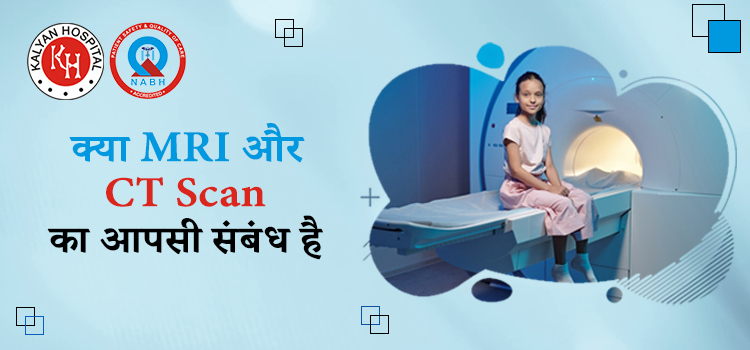Dense breasts, a condition where there is a higher proportion of glandular and connective tissue compared to fatty tissue, have become a topic of growing concern and interest in women’s health. Today, we aim to provide answers to commonly asked questions about dense breasts, shedding light in this often misunderstood aspect of breast health.
Commonly Asked Questions
What are dense breasts?
Dense breasts refer to breasts with a higher amount of glandular and connective tissue than fatty tissue. This density can make it challenging to detect abnormalities on a mammogram since both cancerous and dense tissue appear white on the scan.
Why do some women have dense breasts?
Factors, including genetic, age, and hormonal changes can lead to dense breasts. Younger women and those with a family history of dense breasts may be more prone to this condition.
Is having dense breasts normal?
Yes, having dense breasts is entirely normal and common. However, it’s essential to be aware of the potential challenges it poses for breast cancer detection.
Does having dense breasts increase breast cancer risks?
Dense breasts can make it more challenging to detect tumors on mammograms. Women with dense breasts may need additional screening methods, such as ultrasound or MRIs, to ensure accurate cancer detection.
How are Dense Breasts Identified?
Breast density is typically identified through a Mammography Test in Ludhiana. Radiologists use a grading system to categories ranging from predominantly fatty to extremely dense.
Should I be concerned if I have dense breasts?
Having dense breasts doesn’t necessarily warrant concern, but it does highlight the importance of proactive breast health. Women with dense breasts should maintain regular screening and discuss additional imaging options with their healthcare provider.
What additional screening options are available for women with dense breasts?
Women with dense breasts may benefit from supplementary screening, such as breast ultrasound or breast MRI. These methods can enhance the accuracy of cancer detection in dense breast tissue.
Why does breast density matter?
Breast density matters because it can make it more challenging to detect abnormalities on a mammogram, dense breast tissue appears white on mammograms, similar to tumors and cysts, which can also appear white. This makes it harder to distinguish between normal tissue and potential health issues.
Can dense breasts be inherited?
There is a genetic component to breast density, if your mother or sister has dense breasts, you may be more likely to have them as well. However, dense breasts can also occur in women with no family history or breast cancer.
Can lifestyle choices impact breast density?
Lifestyle choices like diet and exercise can influence overall breast health. However, maintaining a healthy lifestyle can contribute to overall well-being and reduce the risk of various health issues, including breast cancer.
Conclusion
Understanding dense breasts is crucial for women’s health. If you have concerns or questions about your breast density, consult with the best healthcare professional at Kalyan Diagnostics Centre, a renowned Diagnostic center in Ludhiana, for personalized guidance and appropriate screening measures.




